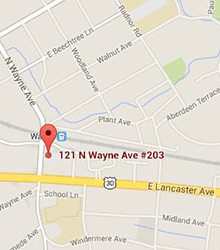You might recall hearing the word a time or two. It’s likely you’ve heard it during a TV commercial or an infomercial.
Gingivitis gets a fair share of media attention. And there’s a basic reason.
Gingivitis is the earliest condition and most common form of periodontal (gum) disease. It can impact your oral health, as it does millions, when it attacks your teeth and gum tissue.
The top of the downward spiral
Good dental health relies on maintaining the health of your teeth. It also depends on keeping your gums healthy.
Gingivitis begins the downward trend associated with gum disease. Untreated gum issues can have a long-term and irreversible affect on your oral health.
The bacteria that multiply within the plaque and tartar build up on your teeth can progress into your gum tissue. More specifically, it deep dives into those hard to reach pockets between your teeth and gums.
If the hardened tartar isn’t removed bacteria can begin to cause tooth decay and gum tissue damage. Once the infection sets in and gum disease starts you can ultimately experience tooth loss.
What it helps to notice and what to do
Gingivitis can be treated. The earlier the better.
Color changes in your gum tissue and gums that are swollen, inflamed, and bleeding should be examined. It’s vital to schedule a dental examination when you notice any of these symptoms.
Prioritize your at-home dental care. Routine brushing and flossing can remove and dislodge plaque from building up and hardening into tartar.
Schedule teeth cleanings two times per year to keep your tooth surfaces free from plaque, tartar, and bacteria growth. Once gingivitis has begun a deep cleaning can help eliminate the risk of gum disease progressing.
Ask us about laser dentistry for periodontal treatment. And contact your Wayne dentist to schedule your next dental examination and with your questions about gingivitis.

